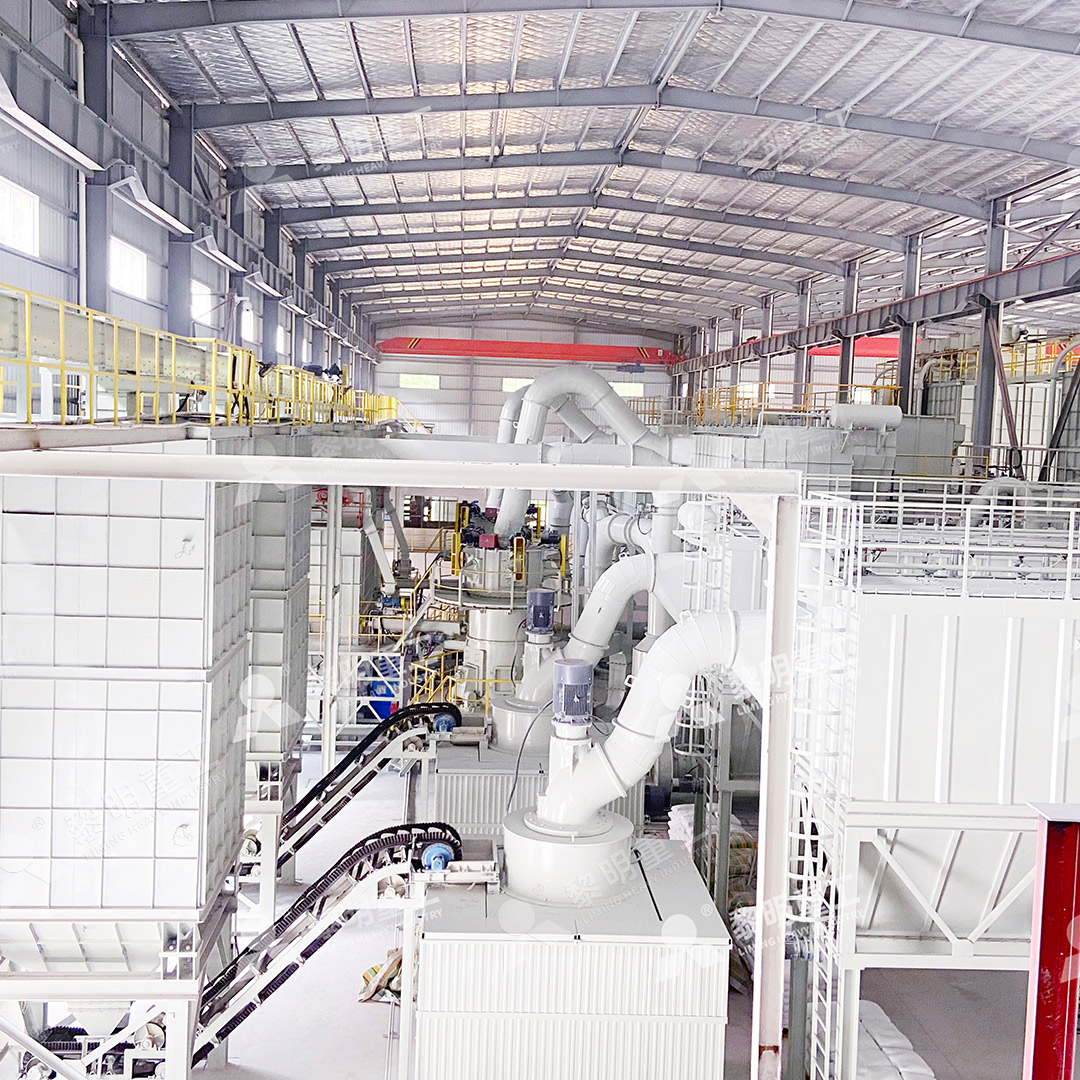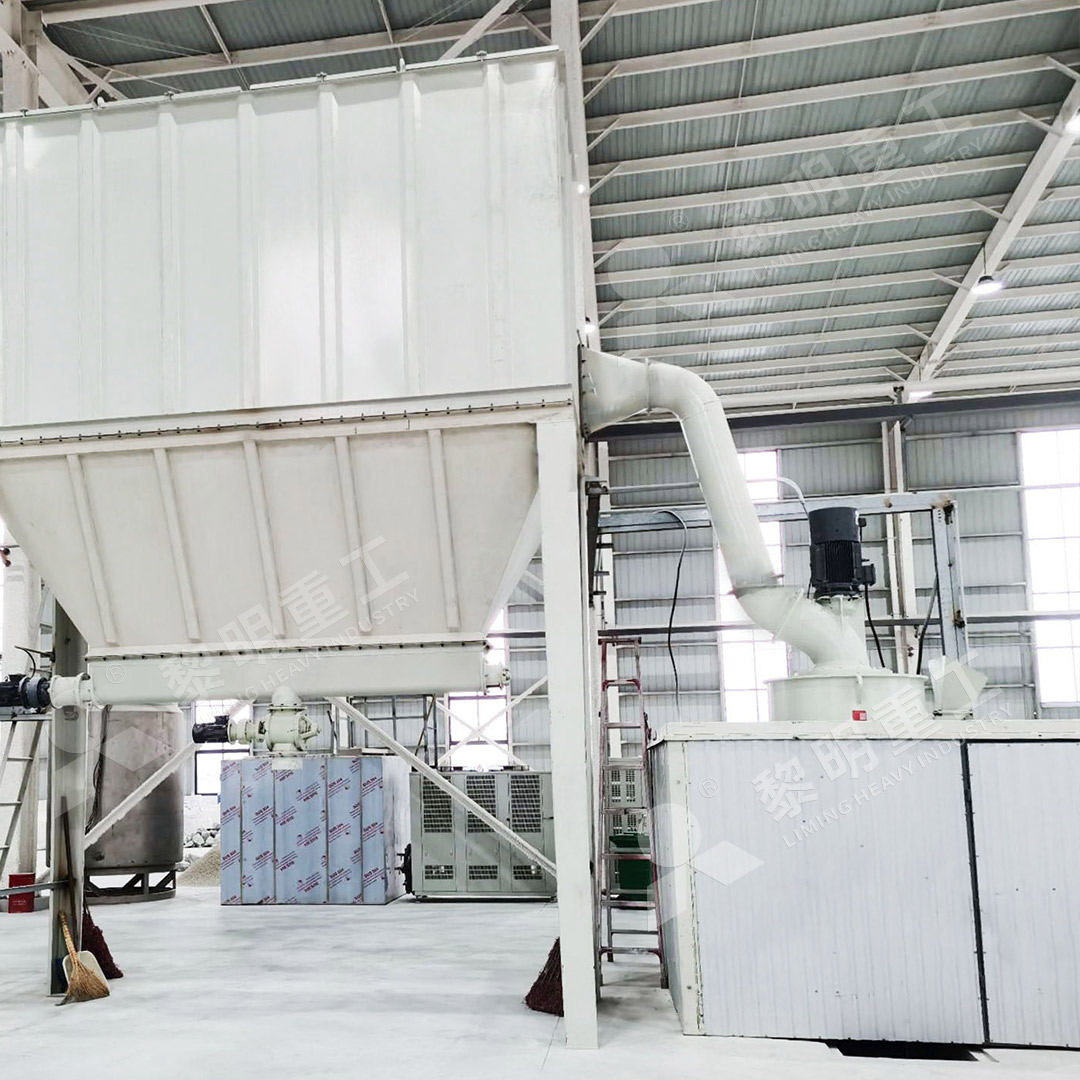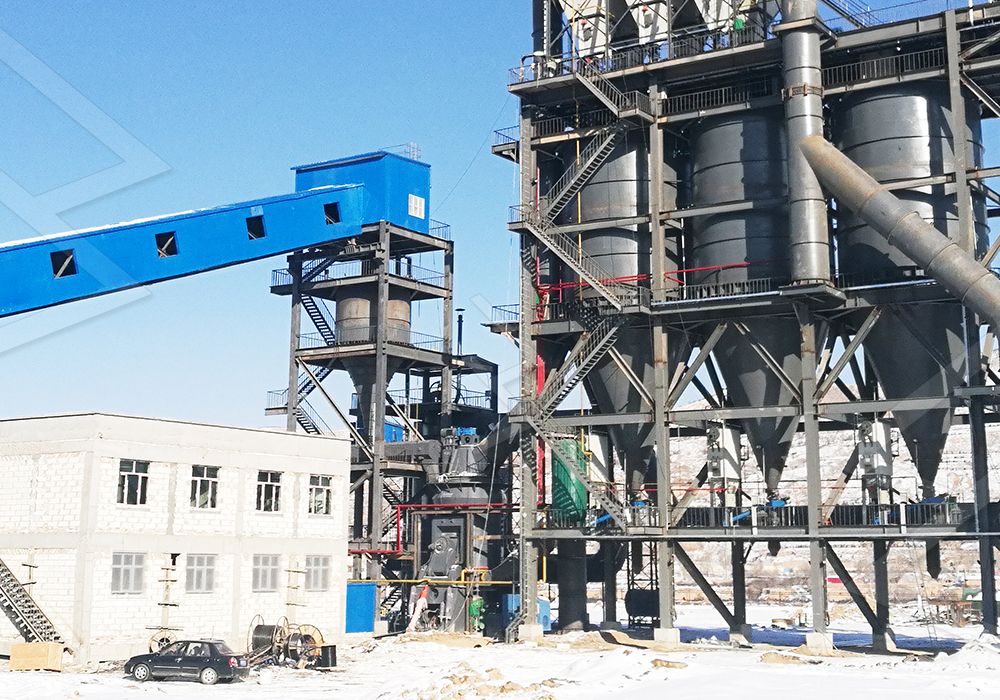Ultrafine Grinding with Vertical Roller Mill Technology
We provide a wide range of mills — including Raymond mill, trapezoidal mill, vertical mill, ultrafine mill, and ball mill, obtained ISO9001 international quality certification, EU CE certification, and Customs Union CU-TR certification. Suitable for processing minerals such as limestone, phosphate, quicklime, kaolin, talc, barite, bentonite, calcium carbonate, dolomite, coal, gypsum, clay, carbon black, slag, cement raw materials, cement clinker, and more.
The discharge range of these mills can be adjusted to meet specific processing needs, typically from 80-400 mesh, 600-3250 mesh, and can achieve the finest particle size of up to 6000 mesh(D50).
If you are looking for a reliable grinding solution to turn stone or minerals into fine powder, please feel free to contact our online customer service.
Ultrafine Grinding with Vertical Roller Mill Technology
In the realm of industrial mineral processing, the demand for ultra-fine powders is continuously expanding across sectors like chemicals, paints, cosmetics, and advanced materials. Achieving the required fineness, often in the range of micrometers, while maintaining energy efficiency and operational stability, presents a significant technological challenge. Vertical Roller Mill (VRM) technology has emerged as a superior solution, offering a compelling combination of precision, efficiency, and environmental friendliness.

The Core Advantages of VRM Design
Unlike traditional ball mills or older Raymond mill designs, modern Vertical Roller Mills employ a bed-compression grinding principle. Material is fed onto a rotating grinding table and is ground under pressure between the table and grinding rollers. This method is inherently more efficient than impact or attrition alone, leading to substantial reductions in specific energy consumption—often 30% to 50% less than alternative systems.
A critical feature of advanced VRMs is the integrated high-efficiency classifier. This component is responsible for ensuring that only particles meeting the target fineness leave the grinding chamber, while coarse material is recirculated for further size reduction. The precision of this separation directly dictates the quality and consistency of the final product.
Introducing Our MW Ultrafine Grinding Mill
For operations requiring truly ultra-fine products, our MW Ultrafine Grinding Mill stands out. Engineered for customers who need to make ultra-fine powder between 325-2500 meshes, this machine is a testament to modern engineering. It boasts a higher yield and lower energy consumption, with production capacity being 40% higher than jet mills and double that of ball mills for the same power input.

Its cage-type powder selector, incorporating German technology, ensures exceptional precision in powder separation. A key maintenance advantage is the absence of rolling bearings and screws inside the grinding chamber, eliminating common failure points and concerns about loose components causing damage. Furthermore, the mill is equipped with an efficient pulse dust collector and muffler, making the entire production process remarkably clean and quiet, with minimal impact on the environment.
Beyond Ultrafine: The Versatile LUM Grinding Mill
For applications demanding high precision and ease of maintenance in a vertical configuration, our LUM Ultrafine Vertical Grinding Mill is an excellent choice. Integrating the latest roller technology and German powder separating technology, the LUM mill is designed for stability and quality. Its unique roller shell and lining plate grinding curve promote efficient material layer formation, enabling a high rate of finished product in a single pass.
A standout feature is its reversible structure. During the design process, we fully considered the maintenance challenges posed by heavy grinding rollers. The hydraulic system allows operators to easily move the roller out of the mill body for inspection, replacement of wear parts, and other maintenance, significantly reducing downtime and associated losses.

Conclusion: The Future is Vertical and Efficient
The evolution of grinding technology is unequivocally moving towards vertical roller mills for fine and ultra-fine applications. The benefits of lower energy consumption, smaller footprint, superior product quality, and enhanced environmental controls are simply too significant to ignore. Whether your focus is on producing the finest powders with our MW series or requires the robust, easy-maintain design of our LUM mill, investing in this technology is a strategic move towards greater profitability and sustainability. For operations looking to upgrade their grinding circuit, these mills represent the pinnacle of what’s possible today.
